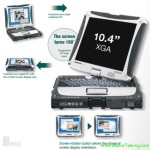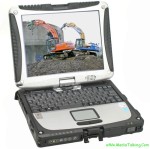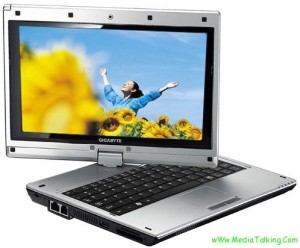
Price in U$D 699
Price in Pak 61000
Specification
CPU |
1.6-GHz Intel Atom |
Operating System |
MS Windows Vista Basic |
RAM |
1GB |
RAM Upgradable to |
2GB |
Hard Drive Size |
160GB |
Hard Drive Speed |
5,400rpm |
Hard Drive Type |
SATA Hard Drive |
Display Size |
8.9 |
Native Resolution |
1280×768 |
Graphics Card |
Mobile Intel 945GSE |
Video Memory |
64MB |
Wi-Fi |
802.11b/g |
Bluetooth |
Bluetooth 2.1+EDR |
Ports (excluding USB) |
Ethernet; Headphone; Microphone; VGA |
USB Ports |
3 |
Card Slots |
3-1 card reader; ExpressCard |
Size |
9.2 x 7.1 x 1.7 inches |
Weight |
3.0 pounds |
Pros
- Responsive touchscreen
- Stylish glossy lid
- ExpressCard slot
- Good productivity punch
Cons
- Poor battery life
- Cramped keyboard
- No dedicated screen-orientation button
- No preloaded touch software
Bottom Line
This mini-notebook’s swiveling touchscreen turns heads, but a few weaknesses diminish its appeal.
Snazzy Lid, Comparably Larger Footprint
The Gigabyte M912V’s glossy black lid, complete with a modern silver-square inlay pattern, looks like a kind of sci-fi circuit board and is fetching both up close and from afar. Unlike the black shiny lid on the Eee PC 1000H, the silver imprint hides fingerprints well. Measuring 9.2 x 7.1 x 1.1–1.7 inches, the system is nearly an inch thicker than the 10-inch MSI Wind; and at 3 pounds, it’s 6.4 ounces heavier than the Eee PC 901. Nonetheless, the M912V slid nicely into a backpack and didn’t weigh us down. Gigabyte has also kept the power brick slim, bringing the total travel weight to a manageable 3.4 pounds.
Cramped Keyboard, Smooth Touchpad
In a market where recent mini-notebooks have keyboards friendly to touch typists (we’re particularly fond of those on the Acer Aspire one and the HP 2133 Mini-Note), the Gigabyte M912V takes a step back. The keyboard has a nearly identical look and feel to that of the original Eee PC 701 or the Everex CloudBook. Our hands felt cramped and we frequently made typos. Nevertheless, the keys provided decent feedback with little flex.
The touchpad has a metallic surface that matches the M912V’s wrist rest, and it offered a nice textured feel as we navigated around the desktop. Unlike the rock-hard buttons on the Eee PC 1000 and 901, the two mouse buttons, located below the touchpad, were easy to click.
Disclaimer. We can not guarantee that the information on this page is 100% correct.


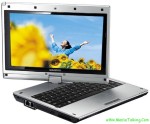







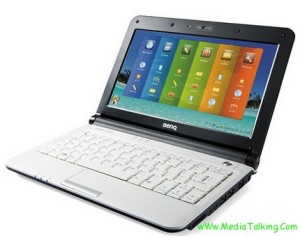


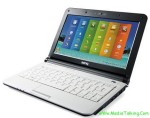



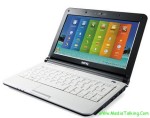







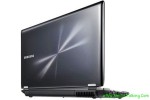




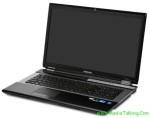
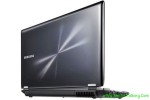
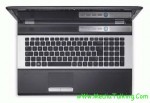

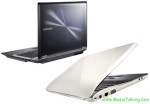
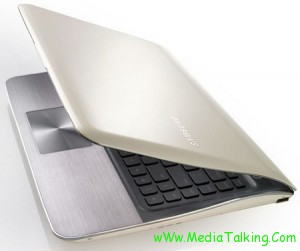

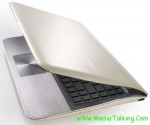





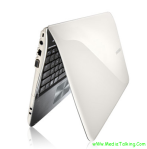



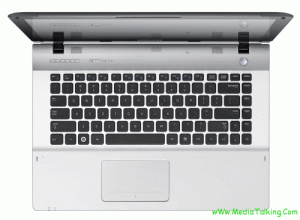



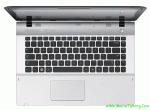
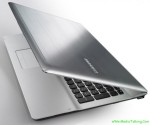















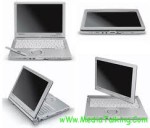



















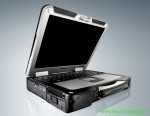



 doubles to 1,000 nits when in tablet mode. The wide range is meant to accommodate many lighting conditions, from weak natural light to lots of sun glare.
doubles to 1,000 nits when in tablet mode. The wide range is meant to accommodate many lighting conditions, from weak natural light to lots of sun glare.
